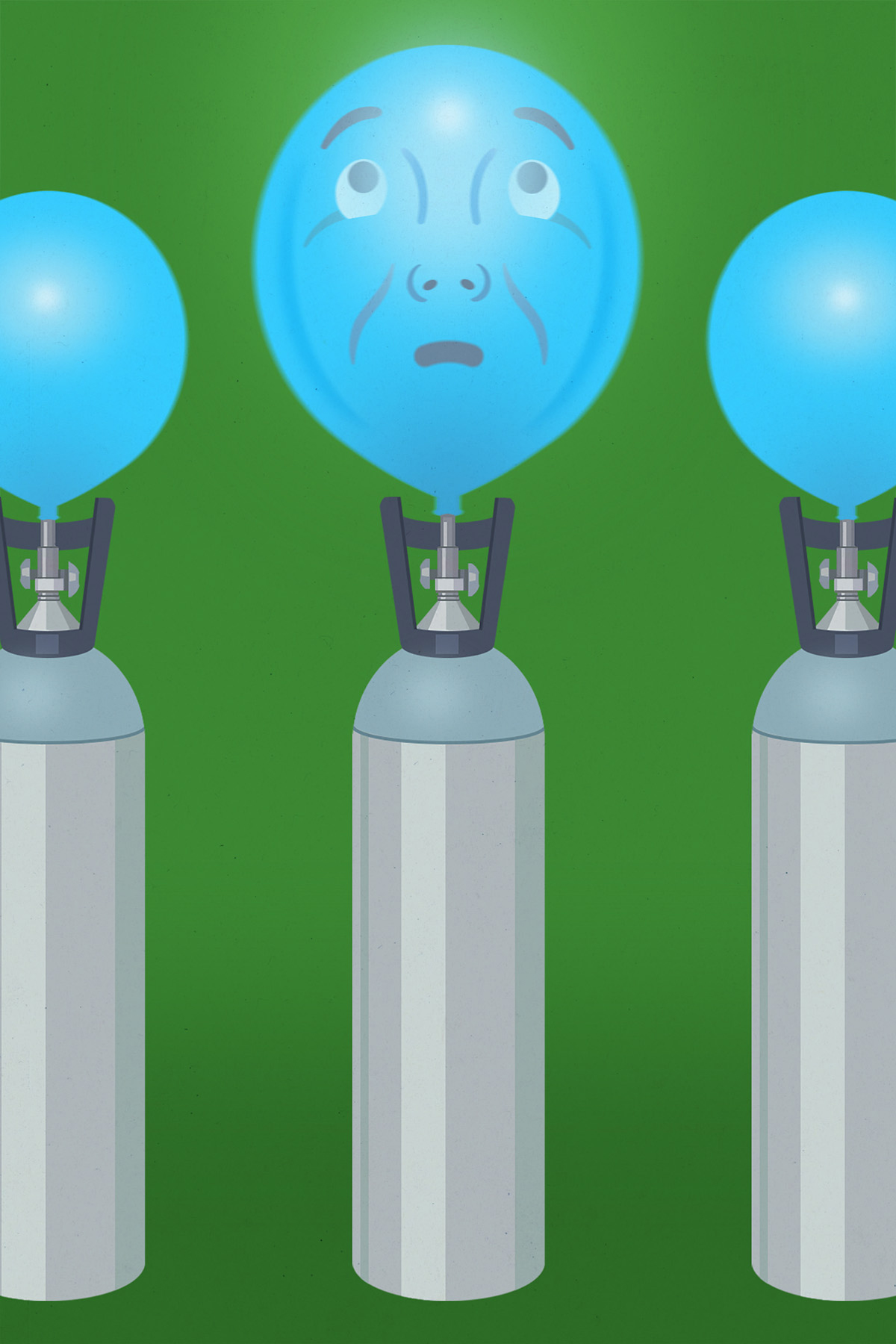Professor of business economics and director of the Laboratory for Economics Management and Auctions
The United States has enjoyed a 40-year run of low inflation. While the recent high rates of inflation can be traced to supply chain shocks caused by COVID disruptions, war in Ukraine, and unprecedented fiscal and monetary stimulus, whether such high inflation persists can be largely driven by the minds of the American consumer in the form of inflationary expectations.
If we think that inflation will persist, it likely will lead to continued inflation since it is our expectations that dictate our current purchasing habits (buy more now to avoid future price increases) and the wages we demand (demand higher wages to account for future inflation thereby increasing costs to firms).
In the late ‘70s and early ‘80s, the Federal Reserve and then-Chairman Paul Volcker acted decisively to cut off inflationary expectations by allowing interest rates to climb to historic levels causing a painful recession, but it was this resolve against inflation that likely helped spur the prolonged price stability we’ve enjoyed until now.
Whether or not the current Federal Reserve has the same resolve and willingness to act boldly or will fall victim to the hubris of thinking inflation will fall quickly back to the levels of the recent past remains to be seen. At least in this case, what we expect to happen might be just as important as what actually happens.





